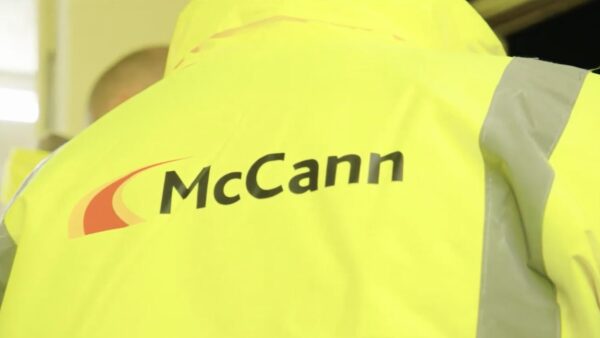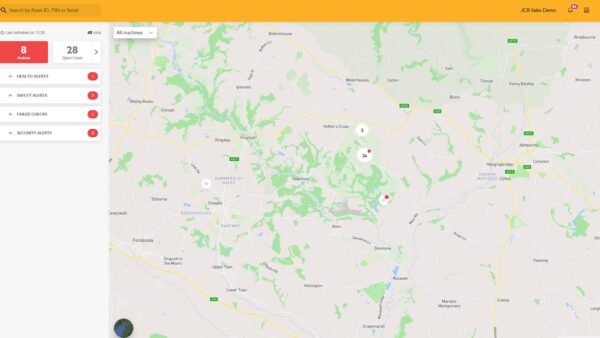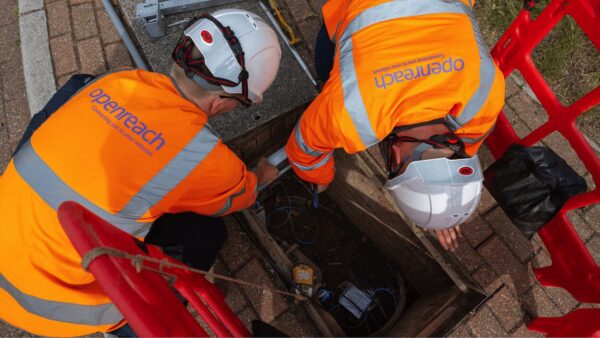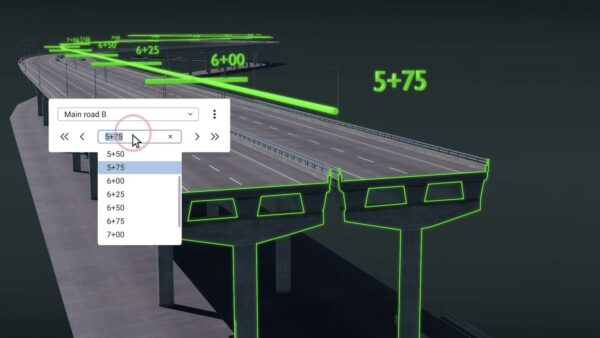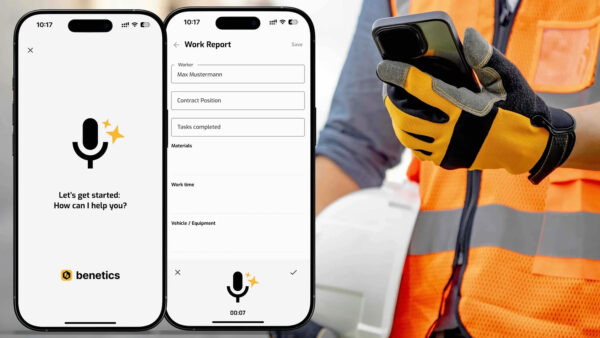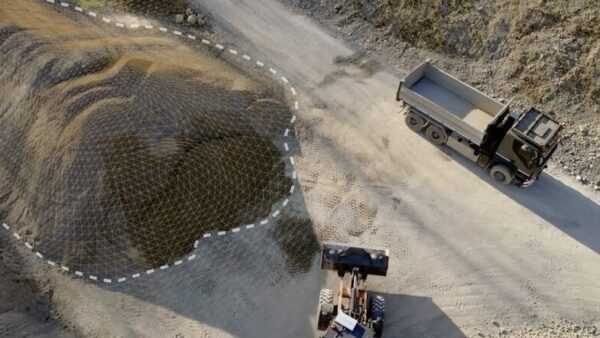
Defence Homes, part of the Defence Infrastructure Organisation (DIO), is tackling its asset information management challenge with the support of Glider by focusing on operational information.
Defence Homes asset management lead Bryn Turner and Glider founder and managing partner Nick Hutchinson discussed the approach in the opening webinar of this year’s Digital Construction Summit.
Interviewed by Hutchinson, Turner highlighted the scope of the challenge. DIO manages more than 1% of the UK land mass. Defence Homes alone manages more than 55,000 built assets, including housing, garages, parks and roads, as well as utilities infrastructure. “And those built assets are supported by more than a million lower-level assets, so it’s quite an extensive estate that brings an awful lot of data with it,” he explained.
“It’s also an extremely diverse estate: it spans everything from 18th-century buildings to brand new constructions that are less than six months old. That diversity in itself creates huge challenges, especially in the data management space,” he noted. “The longevity and complexity of the estate, coupled with changing legislation, means that we’re constantly having to review the validity and maturity of our data.”
Turner added: “DIO is committed to supporting the service families who ultimately live and work in the infrastructure that we manage. We require well-managed data to underpin all of that to improve the service that we offer them.”
Started with legacy estate and information
Given the age of the estate, it’s understandable that Defence Homes’ information management focus is on legacy information.
Turner explained: “We’re trying to improve legacy information while also capturing new information to the right standards. We recognised early on that the data wasn’t where it needed to be in both instances, be that new build or legacy. Because a lot of our estate is historic, that drove a greater focus on the legacy information, because that’s ultimately where we had the biggest exposure.
“We began to focus on the flow of data coming in to us from day-to-day operations – information that’s arriving continuously through an asset’s lifecycle – and not just at the point of handover. That meant we identified trigger events across the estate and points at which really useful data is generated that meets our information requirement – things like inspections, repairs, maintenance visits – and then we focused on capturing that in a really structured way.
“We’ve introduced validation both at source, when it’s captured, and also when it arrives into the system. That’s improved the accuracy, and in turn, that’s improved the confidence, and what that ultimately does is create a positive feedback loop.”
Improved information requirements
He added: “With the progress we’ve made, we’re able to define with a lot greater accuracy what information we require and when we require it within the operational delivery space. That has the knock-on effect of us being able to begin to improve the information requirements, which are then provided as part of the design and develop stages, so now we’re back into the start of the lifecycle.
“And ultimately, that information requirement generates the correct information during construction and design, which ends up in the digital handover pack, which then ends up in the hands of operations, and we can just pick it up and run.”
Turner emphasised: “What we’ve done is we’ve shifted the mindset from handover as a one-off event to handover as a continuous process: you’re continually handing information over during the lifecycle of that asset.”
Nexus: the asset master
Turner has been using Glider’s Nexus platform. It will be formally launched to the rest of the industry in the coming months. Hutchinson described it as an “estate-wide asset intelligence platform, an asset master, a single source of truth that becomes a golden thread that the asset owner owns from project conception all the way through design, construction, commissioning, handover, and then throughout that building’s or facility’s lifetime”.
Turner added: “Platforms like Nexus are the next step in the management of infrastructure data. They’re essential for anybody or any organisation because they force that structured holding of the data, which is fundamental to being able to do successful advanced analytics.
“Within Defence Homes, I see platforms like Nexus evolving into what I’d call a true asset management platform. So not just your traditional, transactional CAFM, but one that can take all aspects of estate management, both the soft and hard, and provide information that’s relevant to an occupant, information that I need as an asset manager and that the operational teams need.”
The Digital Construction Summit takes place from late October until early November. The series of webinars – supported by Elecosoft, Glider, RIB Software, Trimble, CIOB and Construction Management – brings together leading voices from across the construction sector to explore the future of digital transformation.









